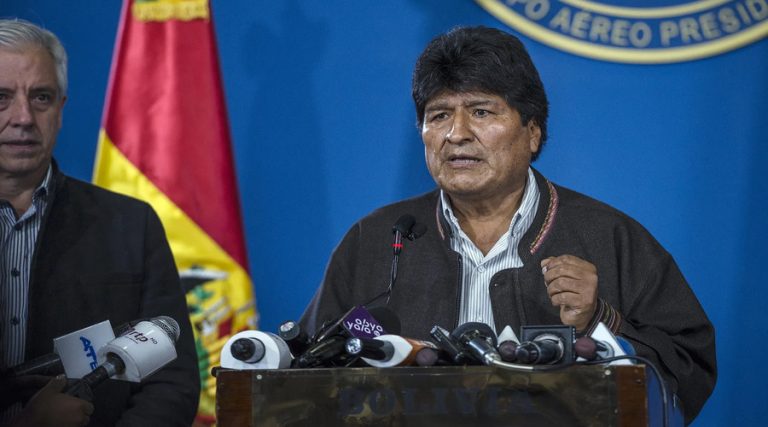
Bolivia has the highest rate of teenage pregnancies in Latin America, a pressing social issue that stems from a combination of economic, cultural, and educational factors. The country’s struggle with poverty, limited access to sexual education, and deeply rooted societal norms has contributed to a growing number of adolescent mothers.
The Contributing Factors
One of the major reasons for high teenage pregnancy rates in Bolivia is lack of access to comprehensive sexual education. In many rural areas, traditional beliefs and stigmas around discussing reproductive health prevent young people from receiving essential information. As a result, many adolescents lack awareness about contraception and safe sex practices.
Additionally, economic hardship forces many young girls into early motherhood. With limited opportunities for education and career advancement, some teenagers see pregnancy as an inevitable outcome of their circumstances.
For more insights on Bolivia’s social and political landscape, check out our coverage on President Evo Morales’ approval of the controversial coca cultivation law.
Government and NGO Efforts
The Bolivian government, along with various non-governmental organizations (NGOs), has been working to address this crisis. Programs aimed at increasing access to contraceptives and promoting sexual education are being implemented, though progress remains slow. Moreover, healthcare services for young mothers are often underfunded and difficult to access, particularly in remote regions.
Bolivia’s government has also been involved in international legal disputes, such as responding to Chile’s lawsuit in The Hague over sea access. While legal battles continue, the issue of teenage pregnancy remains a domestic concern requiring urgent attention.
Moving Forward
Experts emphasize that a multifaceted approach is necessary to curb teenage pregnancy rates in Bolivia. Increasing investment in education, improving healthcare access, and shifting cultural perceptions about adolescent sexuality are key steps toward tackling this issue.
For the latest updates on Bolivia and Latin America, visit our Diario Palm Beach homepage. If you have any inquiries, reach out to us through our Contact Us page. Learn more about our mission and dedication to responsible journalism by visiting our About Us section.




